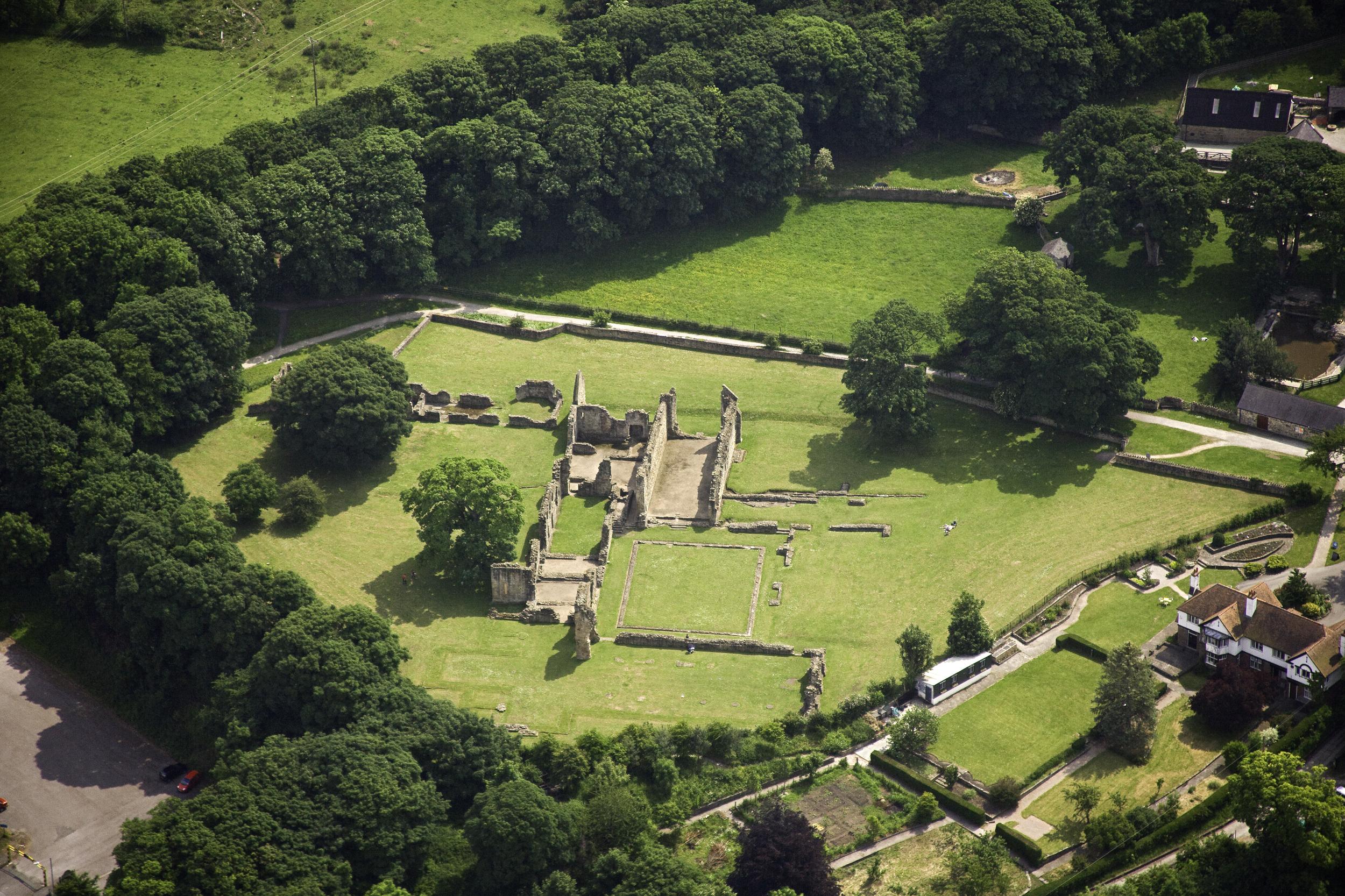St Winefrides Well Shrine
Holywell, Wrexham
Winefride (Gwenfrewi) was the daughter of a local prince named Tewyth and his wife Gwenlo, her uncle was St Beuno.

A medieval religious centre that’s still a place of pilgrimage.
Holywell, Flintshire
Part of a network of Cistercian settlements that once dotted Wales, Basingwerk Abbey was founded in 1131 and extensively remodelled in the 13th century. Although in ruin, it still gives us an insight into the lives of the monks who called the place home. The oldest part of the abbey is the 12th century chapter house, with remains of the benches where monks sat for daily readings. Next to it is the parlour, the only place where the usually silent monks were allowed to speak. The most impressive surviving room is the monks’ dining hall.
Basingwerk is still a significant religious site. It’s the start point for the North Wales Pilgrim’s Way, a long distance walking route that stretches all the way to Bardsey, the ‘Island of 20,000 Saints’.
Holywell, Wrexham
Winefride (Gwenfrewi) was the daughter of a local prince named Tewyth and his wife Gwenlo, her uncle was St Beuno.
Holywell, Flintshire
A beautiful and ancient church founded by St Beuno in the 7th century, after which a stone church was built in the 14th century, and extensive rebuilding was done in 1769.
Pantasaph, Flintshire
This Victorian neo Gothic church was originally built as the parish church for the village and was donated to the Catholic church by Viscount Feilding and his wife in 1850 when they converted to Catholicism.